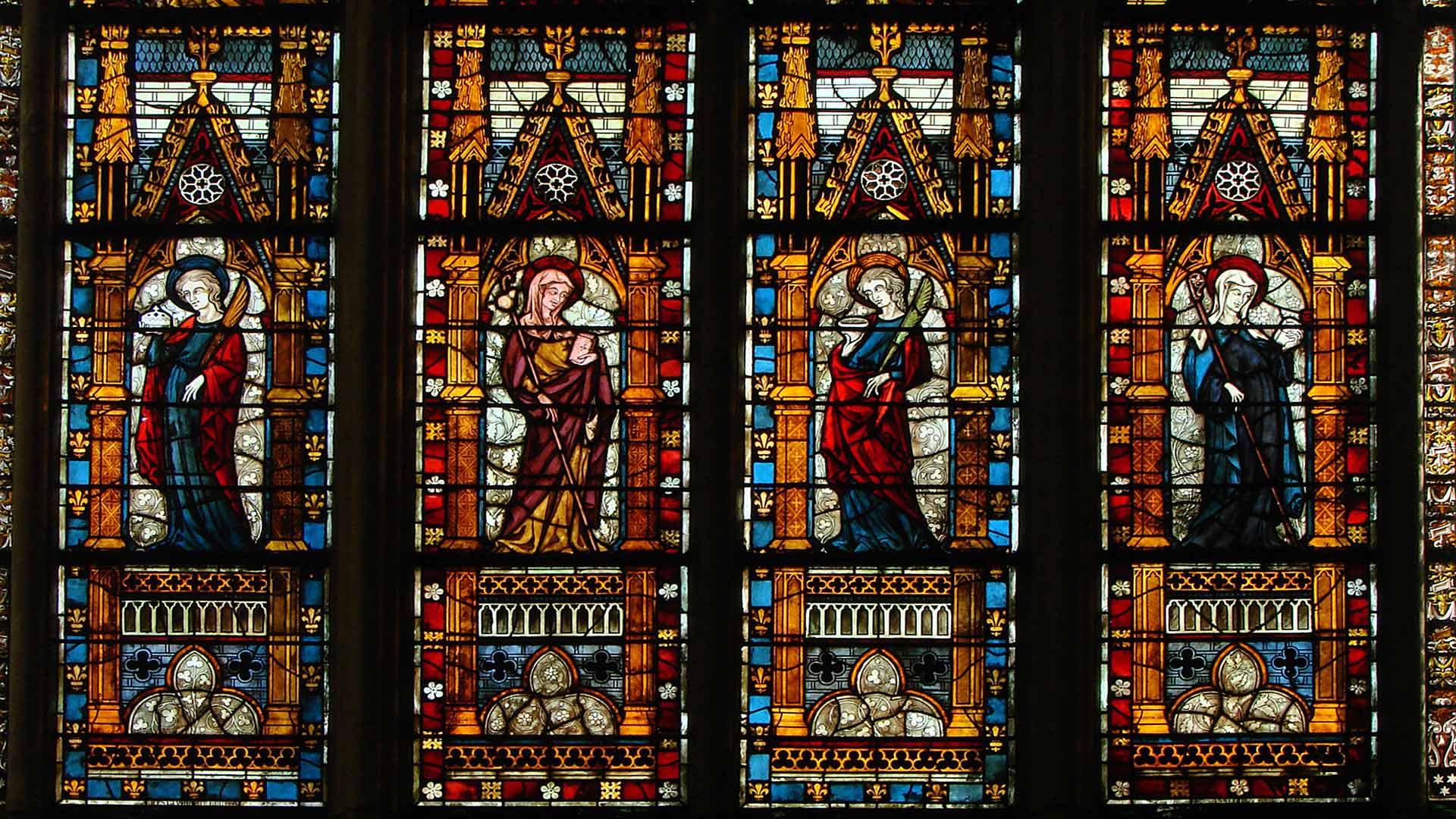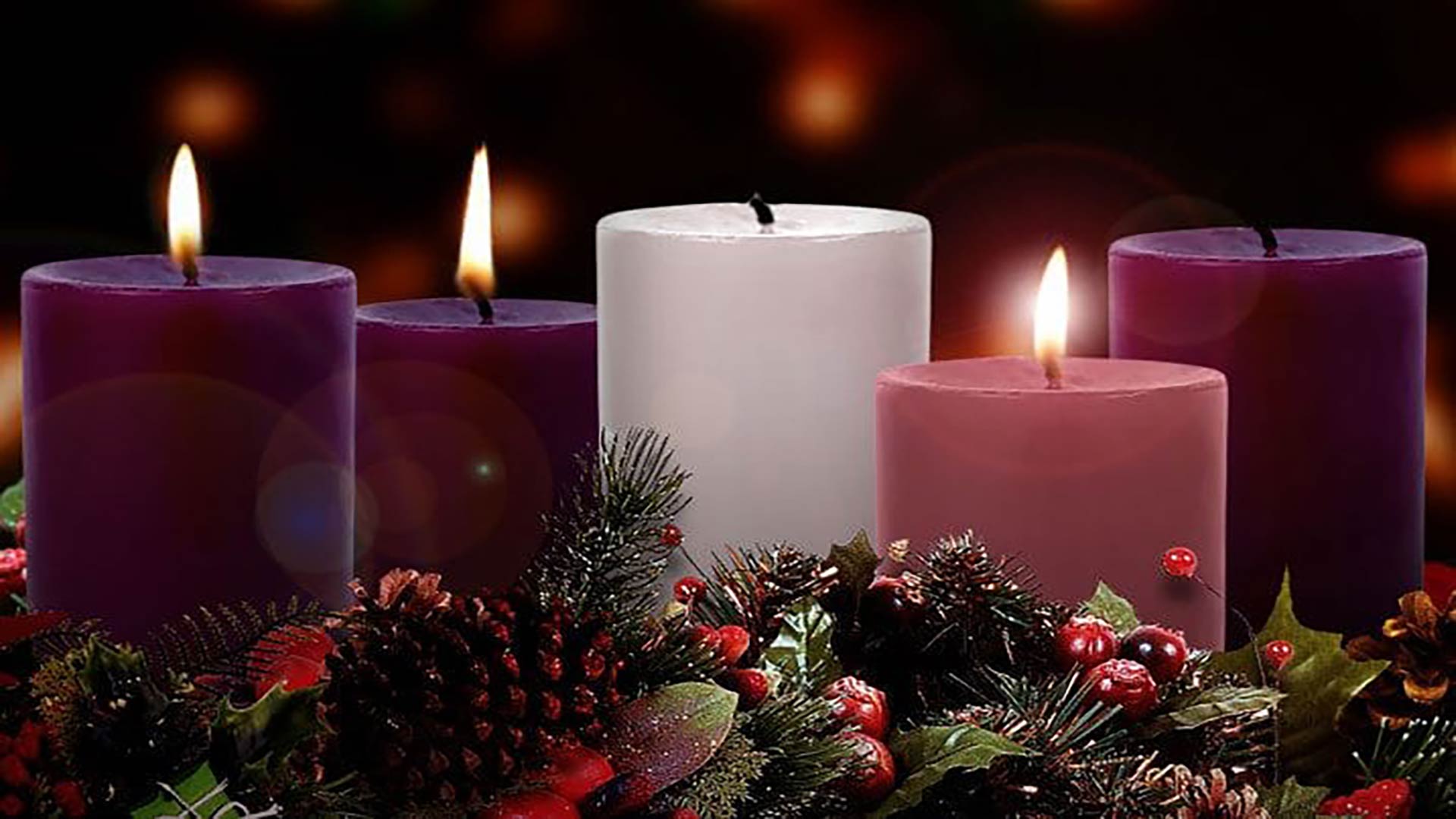Watchful and Fearless
Today is the first of the four Advent Sundays and the beginning of a new liturgical cycle (Year A for Sunday Mass readings). They focus on waiting in hope for the Lord’s coming, an act symbolised by a purple candle traditionally placed in the evergreen wreath.
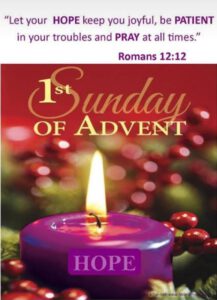
In the First Reading (Is 2: 1-5), the Prophet Isaiah glorifies Zion, the mountain on which God’s temple stands. He envisions people streaming from across the world to adore God and learn his law. A proper understanding of the Word of God will unite the peoples and inaugurate a period of peace, in which hatred will turn into esteem and armaments will turn into instruments of work and welfare. In short, St Augustine of Hippo speaks of the ‘City of God’ in his De Civitate Dei, expounding a Christian view of society and history.
The spread of Christianity across the world was a step in that direction. As Pope Leo XIII points out in Aeterni Patris (1879), “the only-begotten Son of the Eternal Father, who came on earth to bring salvation and the light of divine wisdom to men […] commanded the Apostles to go and teach all nations, and left the Church which He had founded to be the common and supreme teacher of the peoples. For men whom the truth had set free were to be preserved by the truth; nor would the fruits of heavenly doctrines by which salvation comes to men have long remained had not the Lord Christ appointed an unfailing teaching authority to train the minds to faith.” Only a Church that is faithful to the Lord’s commands can “teach religion and contend forever against errors,”[1] thereby showing us the way to the new and eternal Jerusalem.
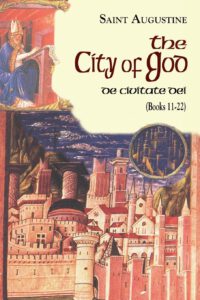
Christ’s Incarnation was a watershed event in the history of humankind. From then on, we Christians have had the opportunity to learn the true law and work toward our salvation. St Paul urges Christians to achieve this true liberation by overcoming the darkness of sin. He vividly states this to the Romans (13: 11-14): “You know what hour it is, how it is full time now for you to wake from sleep.” Then, he issues us a call to “cast off the works of darkness, and put on the armour of light […] to put on the Lord Jesus Christ, and make no provision for the flesh to gratify its desires.” This is a caution against falling head over heels for the evanescent world we live in.
How many of us respond positively to the Lord’s standing invitation? Isn’t much of what is going on in the world today an affront to the Creator? God gives His people enough rope, and some of them hang themselves! Few realise that gaining the whole world and losing one’s soul is of no use; similarly, they fail to see that life is terribly uncertain, and so is the time when the Lord will come again. The COVID-19 pandemic was no doubt an eye-opener, but the world is back to its waywardness. To quote a 19th-century advocate of the Irish Catholics, “the condition upon which God hath given liberty to man is eternal vigilance; which condition if he breaks, servitude is at once the consequence of his crime and the punishment of his guilt.”[2]
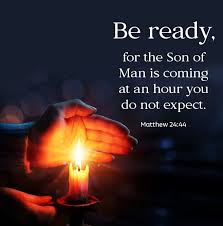
Isn’t servitude to sin rampant? How long do we wish to remain in the depths of the pit? Therefore, we must work hard to not let sin gain ascendancy in our individual and societal lives. We must not only make a collective effort toward living a life pleasing to God but also not hesitate to swim against the tide of opinion when our spiritual good so requires. Finally, we must heed St Matthew’s counsel (24: 37-44) to “be ready: for the Son of Man is coming at an hour you do not expect.” Of course, if we remain watchful, there is nothing to fear; on the contrary, eternal happiness will be the reward that we will receive.
[1] https://www.vatican.va/content/leo-xiii/en/encyclicals/documents/hf_l-xiii_enc_04081879_aeterni-patris.html
[2] John Philpot Curran (1750-1817)
The Hope of Advent
What makes Christmas the most awaited Christian celebration of the year? In our materialistic age, the gaiety that surrounds it makes it all the more attractive. However, for a heart and mind attuned to spiritual truths, Christmas is a harbinger of hope; it not only marks Christ’s birth on earth but also teaches us to await His Second Coming.
Christmas is not limited to one day. The Catholic Church celebrates Christmas from 25th December until the Solemnity of the Epiphany, which marks the manifestation of the Infant Jesus as the Saviour of the World.
How important is the preceding four-week liturgical season of Advent? If Christmas is the beginning of a spiritual journey, Advent is the preparation for its realisation. “Advent is thus a period for devout and joyful expectation.”[1]
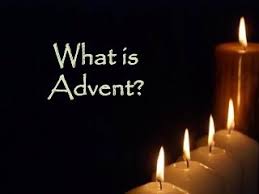
PERIOD
“Advent begins with Evening Prayer I of the Sunday falling on or closest to 30 November and ends before Evening Prayer I of Christmas.”[2] The Sunday closest to 30 November can range between 27 November and 3 December, depending on the year. This means that Advent begins on the evening of a Saturday falling between 26 November and 2 December (inclusive), and it ends on the evening of 24 December, which holds Evening Prayer I of Christmas (25 December).
THEMES
These are indicated by a colour code, candles on a wreath, and the Liturgy (including the Word).
Colour:
The liturgical colour for Advent is violet or purple, like that of Lent, and it is a penitential season.[3]
Wreath:
“The Advent wreath, with the progressive lighting of its four candles, Sunday after Sunday, until the Solemnity of Christmas, is a recollection of the various stages of salvation history prior to Christ's coming and a symbol of the prophetic light gradually illuminating the long night prior to the rising of the Sun of justice.”[4]
Candles:
Three of the four candles are purple and used on the first, second, and fourth Sundays, to signify hope, faith, and prayer and expectation, respectively. On the third Sunday of Advent, also called Gaudete[5] (‘Rejoice’, in Latin, referring to expressed or exuberant joy) Sunday, a pink or rose candle is lit in addition to the two purple ones of the earlier Sundays. On Christmas Eve a white one is added: the ‘Christ candle’, signifying the purity of Our Lord.
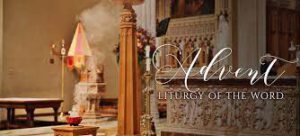
Readings:
In all three liturgical cycles, the First Reading, mainly from Isaiah, includes prophecies regarding the Messiah and the messianic times.
The Second Reading, almost always from St Paul, comprises exhortations and orientations that help us be in readiness and full of hope.
The Gospel on the first Sunday refers to the Second Coming of Our Lord at the end of times; on the second and third Sundays, the focus is on the mission of St John the Baptist as the precursor of the proclaimed Saviour and preacher of a personal readiness to receive salvation; and on the fourth Sunday, the Gospel refers to the events fostering a proximate preparation for the Birth of the Saviour, with the Mother of Jesus figuring prominently therein.
The weekdays are divided into two periods: one up to 16 December, wherein the First Reading is from Isaiah and the Gospel on the life and work of St John the Baptist; the second, from 17 December to 24 December, serving to prepare more closely for the Lord’s Birth, has prophecies regarding the Messiah, from different books, for the First Reading, whereas the Gospel relates events that prepare the Nativity.[6]
Finally, the floral decoration and the music of Advent are marked by moderation, while the Gloria is neither sung nor recited.
Liturgy:
Advent Sundays (like those of Lent and Easter) take precedence over all solemnities and feasts of the Lord. Solemnities occurring on these Sundays are observed on the Saturdays preceding. No funeral Masses are celebrated either.
In the liturgy of Advent, two great figures are presented as guiding lights: John the Baptist, the precursor of Jesus, whose preaching is an invitation to conversion as an indispensable condition for salvation; and the Virgin Mary, who gave herself entirely to His holy will and waited in hope and joy for His coming into the world.
The entire liturgical season is so crucial to preparation that it is especially recommended that there be homilies even on the weekdays of Advent.
CONCLUSION
All in all, here is God’s beauty and majesty flowing through Scripture and ritual. Not the first Sunday alone, but the whole of the season of Advent is one of hope. This is a hope beyond all hopes, an eminent preparation for the Feast of Christmas. As the saying in Portuguese goes: “O melhor da festa é esperar por ela.” – The best part of the feast lies in the waiting!
[1] https://www.archbalt.org/wp-content/uploads/2017/04/GeneralNormsLiturgicalYear.pdf No. 39
[2] Ibid.
[3] According to the Code of Canon Law: “The penitential days and times in the universal Church are every Friday of the whole year and the season of Lent.” (No. 1250)
[4] Directory on Popular Piety and the Liturgy: Principles and Guidelines, No. 98
[5] The first word of the Introit of the Mass on that Sunday.
[6] Cf. ‘Synopsis of the Lectionary’, in Lectionary (Catholic Press, Ranchi, 2011), p. x.
